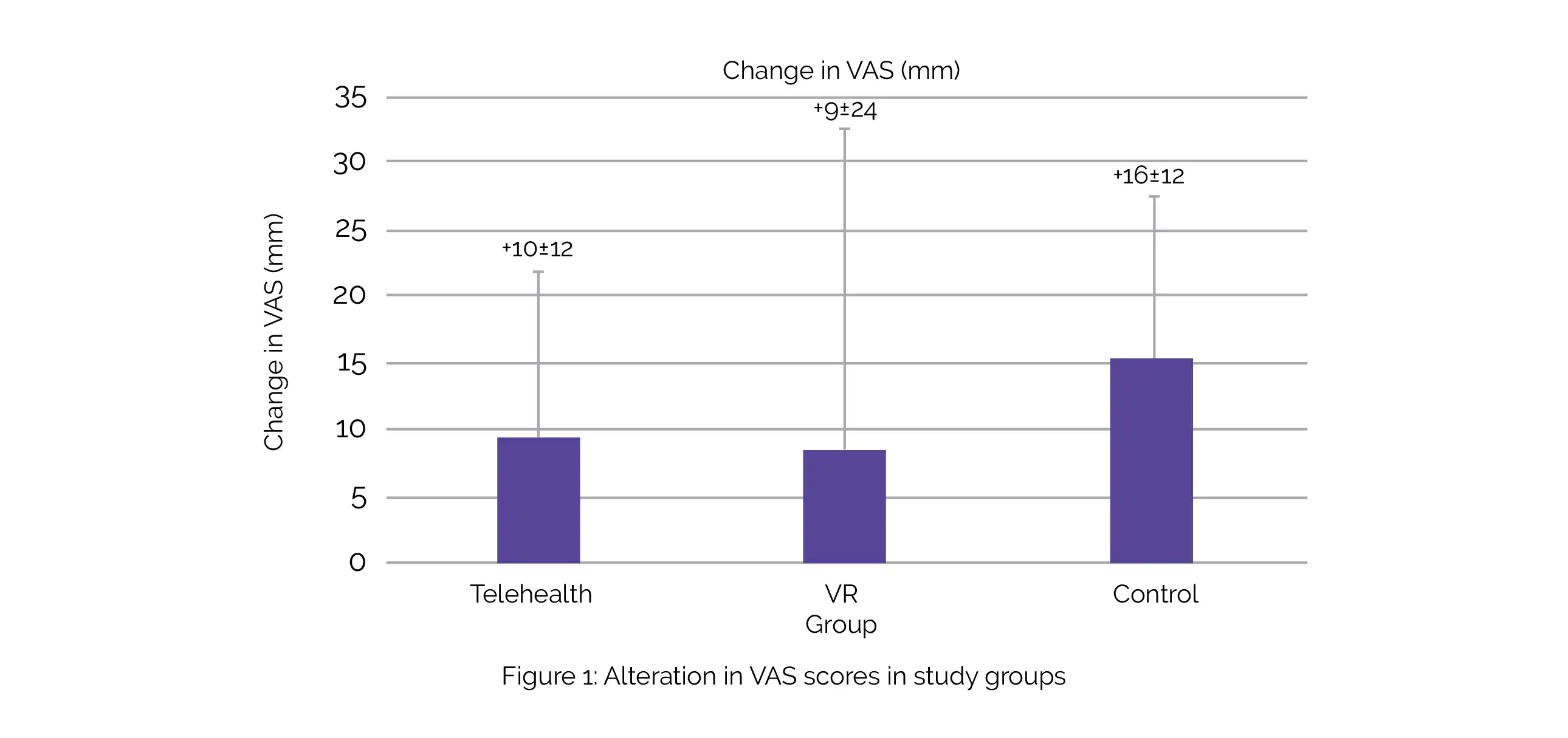Categories
Change Password!
Reset Password!


For endometriosis-affected females, a single session of an exercise delivered through a digital health tool might offer instant relief from pelvic pain.
A single session of "self-managed" virtual reality (VR)-delivered exercise may be as effective as "supervised" telehealth-delivered exercise in minimizing pelvic pain experienced by females diagnosed with mild-to-moderate endometriosis, according to a recent study. Muhammad Lutfi et al. aimed to evaluate the immediate effects of "supervised" telehealth-delivered exercise vs "self-managed" VR-delivered exercise on endometriosis-related pelvic pain.
In this pilot randomized controlled trial, 22 women suffering from endometriosis-associated pelvic pain were enrolled and randomly divided into the control group (n = 6), the VR-delivered exercise group (n = 8), and the telehealth-delivered exercise group (n = 8). Using visual analogue scale (VAS), the degree of pelvic pain was determined.
The participants' pain scores did not differ profoundly across groups after a single session of VR, telehealth, or the control. A "medium-to-large" group x time interaction effect was found. This indicated a more favorable pain score alteration after a single session of VR-delivered exercise (pre-post ∆: +9 ± 24 mm) and telehealth- (pre-post ∆: +10 ± 12 mm) in comparison with the control group (pre-post ∆: +16 ± 12 mm).

Hence, both digital health interventions (virtual reality and telehealth-delivered exercise) possess the ability to induce a hypoalgesic effect on pelvic pain in females having endometriosis.
International Journal of Environmental Research and Public Health
A Single Session of a Digital Health Tool-Delivered Exercise Intervention May Provide Immediate Relief from Pelvic Pain in Women with Endometriosis: A Pilot Randomized Controlled Study
Muhammad Lutfi et al.
Comments (0)